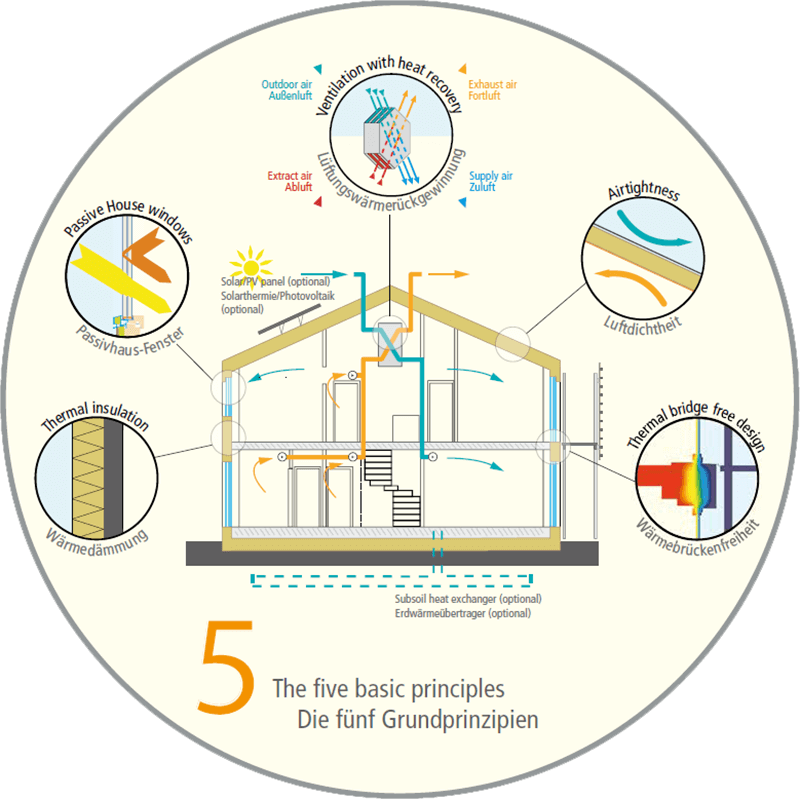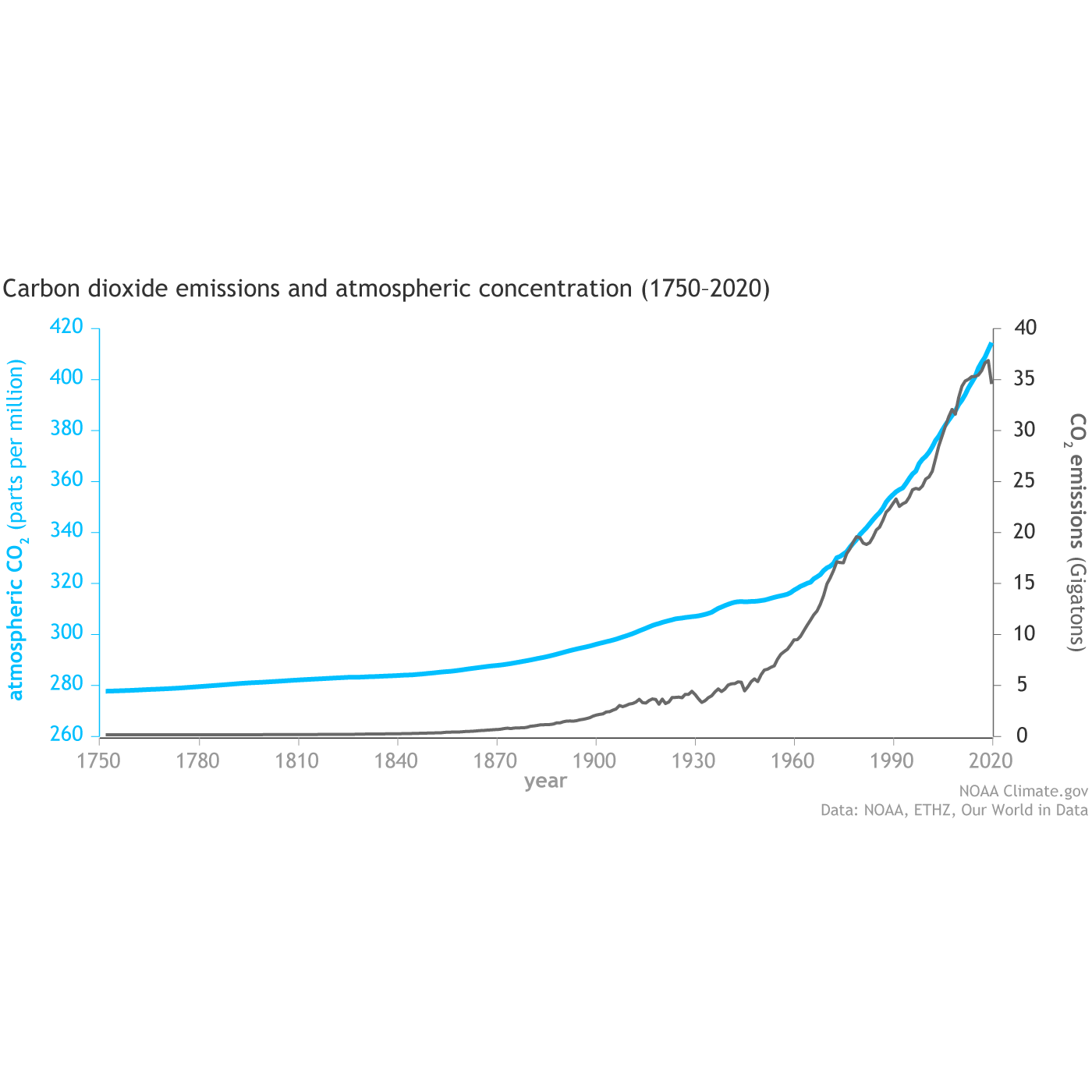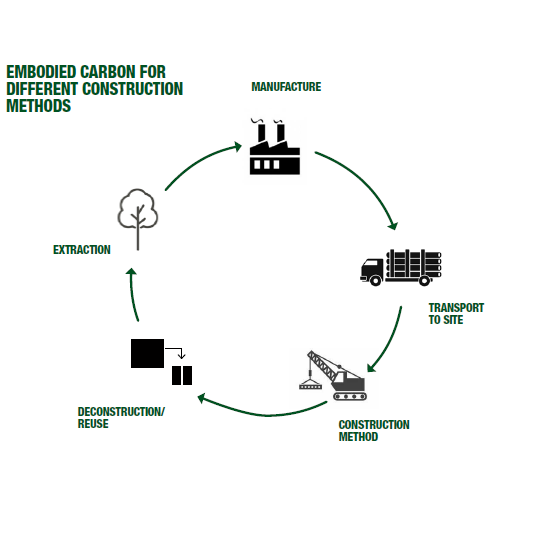Passivhaus is a well established standard that sets a target for the annual heating demand of 15KWh/m² for new dwellings and 25KWh/m² for the retrofit of existing buildings ( EnerPHit)
The Passivhaus Planning Package (PHPP) is the tool that is used to calculate the energy balance of any building and considers heat losses ( fabric, ventilation,) and gains ( solar, occupancy) based upon the actual location of the building.
It is proven to be far more sophisticated and accurate assessment of a building’s performance than any other method such as SAP. The Passivhaus Certification process also ensures a high standard of workmanship, eliminating the gap, that is so often seen between designed and as built performance on the majority of typical projects.
Whilst reducing the energy demand from hot water, lighting and appliances is important, reducing the heating demand is the most critical in helping to decarbonise the electricity grid. This is because heating is only required during the winter period when there will be the greatest pressure on the grid and some renewable energy sources such as solar are not generating a great amount. The Passivhaus PER ( Primary Energy Renewable )Factor recognises this and anticipates the extra amount of renewable energy that will need to generated and stored to meet the building’s energy demand.
Our view is that Passivhaus is the Gold standard, offering so much more than just low energy use. Passivhaus buildings have also been shown to improve Health and Wellbeing. There are however other lesser standards such as the Passivhaus Low Energy Standard ( 30KWh/m²y), AECB Building standard (40KWh/m²y) that use the PHPP as a means of measuring performance and are all an improvement on current Building Regulations.



